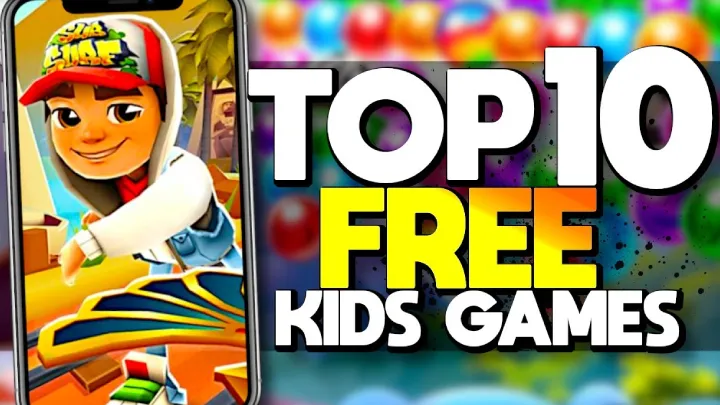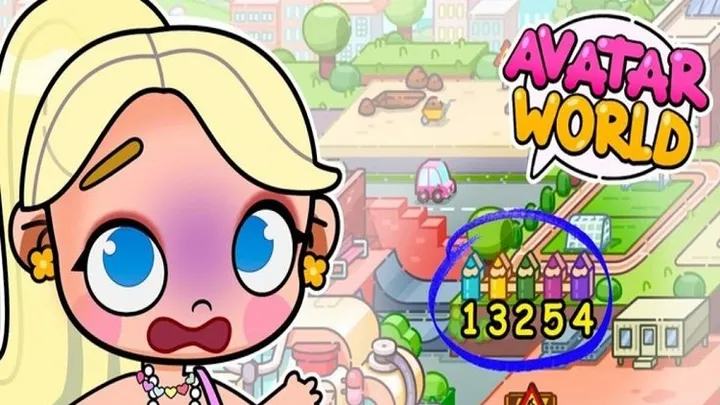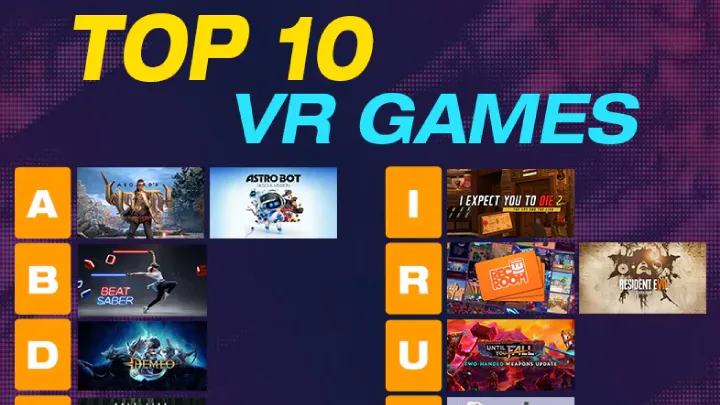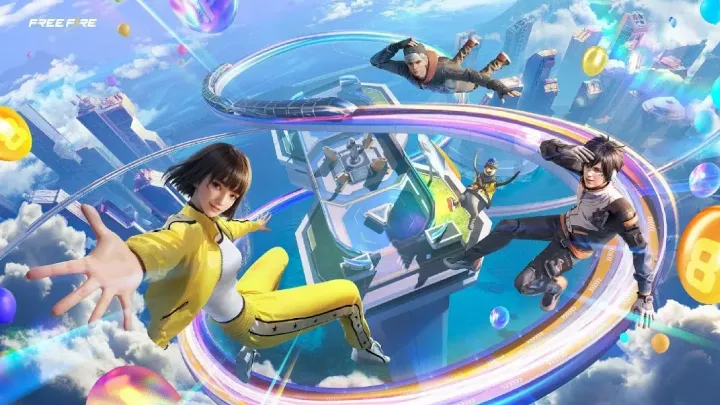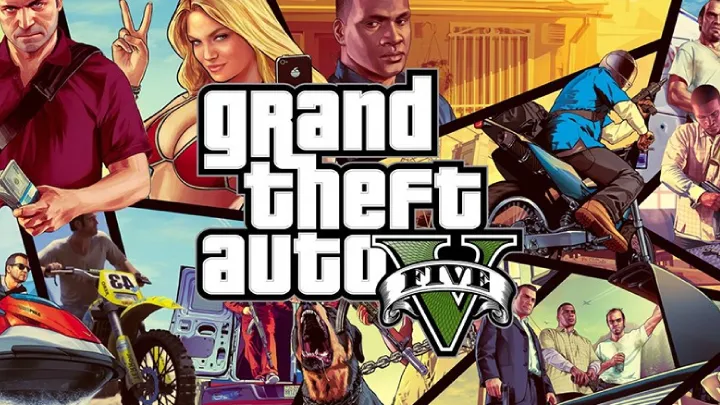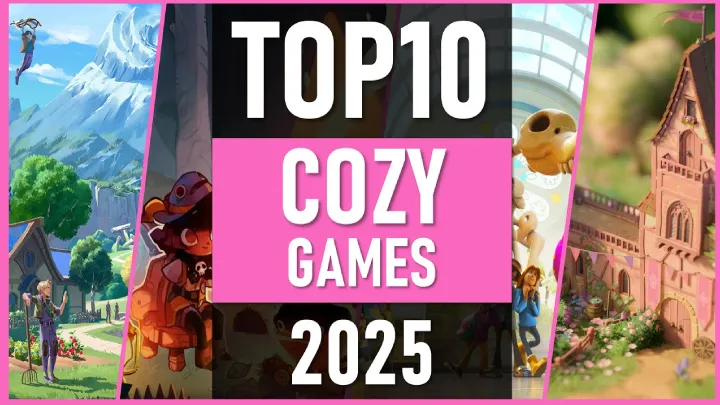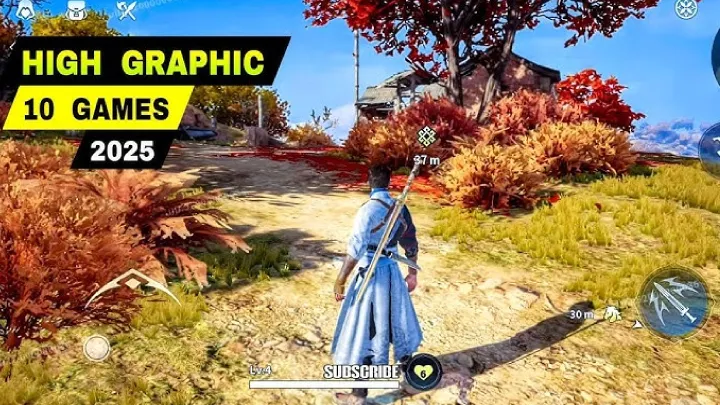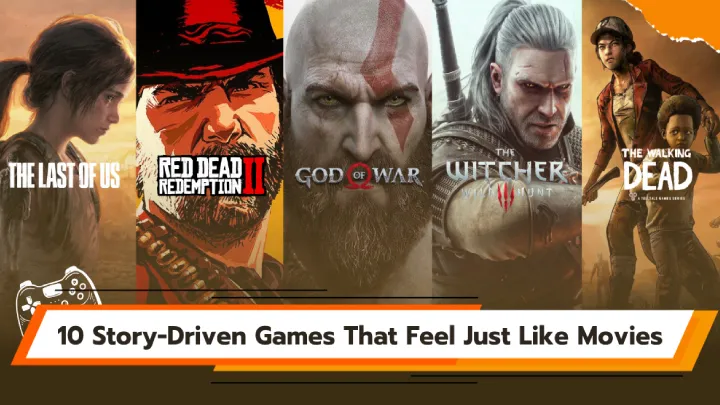1. Introduction
In 2025, the gaming industry has seen a surge of ambitious titles, but few capture the imagination and challenge of players like Hades II. As the sequel to the critically acclaimed Hades, this new release by Supergiant Games takes everything fans loved and elevates it to a bold new level. With refined combat systems, expanded narrative depth, and visually stunning environments, Hades II has quickly established itself as one of the top games of the year. The sequel doesn’t just continue Zagreus’s journey; it reinvents the roguelike formula, providing players with an experience that is both familiar and strikingly fresh.
2. Why Hades II Stands Among the Top Games in 2025
Hades II continues Supergiant’s tradition of blending fast-paced gameplay with storytelling excellence. Unlike other roguelikes that rely heavily on procedural repetition, Hades II offers dynamic encounters that evolve with each run. Players experience not only random layouts but also shifting challenges, adaptive enemies, and personalized story threads. This depth ensures that no two playthroughs feel the same. Coupled with intuitive mechanics and vibrant art design, the game appeals to both veteran roguelike enthusiasts and newcomers seeking a rich narrative-driven experience.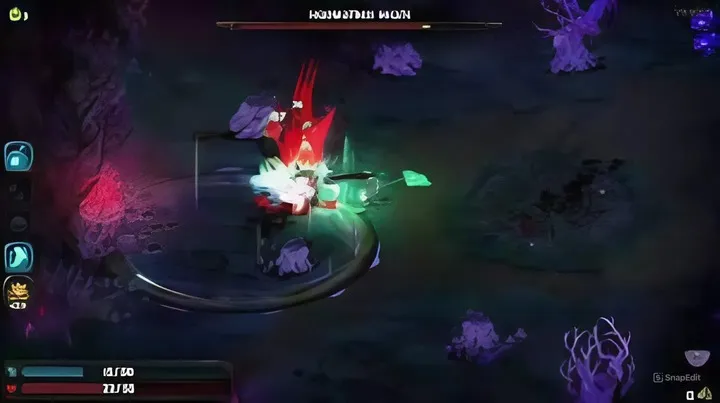
3. Gameplay Evolution and New Mechanics
The sequel introduces several significant gameplay innovations. New weapons, abilities, and boon combinations allow players to craft highly customizable combat styles. The adaptive AI now responds to player strategies, creating encounters that demand flexibility and strategic thinking. Additionally, environmental hazards and interactive dungeon elements force players to rethink traditional approaches to combat. These enhancements maintain the series’ hallmark challenge while expanding tactical possibilities, giving Hades II a distinct edge over other roguelikes released in 2025.
4. Expansive World-Building and Art Design
Hades II is not only a game about mechanics—it’s an artistic journey. The Underworld has been expanded, introducing new realms beyond Tartarus, Asphodel, and Elysium. Each zone is meticulously crafted with a unique visual style and atmospheric storytelling. Supergiant’s art team combines hand-painted textures, dynamic lighting, and fluid animations to create environments that feel alive. Whether navigating perilous lava flows, haunted catacombs, or celestial gardens, players are constantly drawn into a universe that is both visually captivating and narratively rich.
5. Narrative Depth and Character Development
Storytelling remains a central pillar of Hades II. The sequel dives deeper into Greek mythology while giving characters unprecedented depth. Interactions with gods, mortals, and mythical creatures are more nuanced, offering multiple dialogue paths, secret events, and branching storylines. This focus on narrative ensures that repeated runs are never purely mechanical—they carry emotional weight and intrigue, keeping players engaged far beyond the first completion. The game’s writing, voice acting, and cinematic sequences collectively elevate it to one of the most compelling stories in 2025 gaming.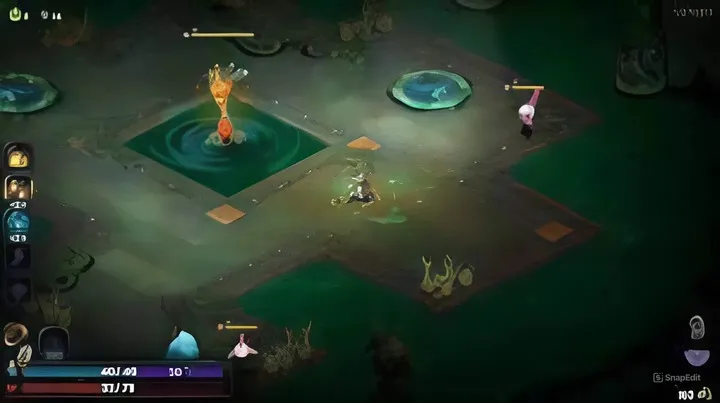
6. Community and Cultural Influence
The original Hades left a lasting mark on the gaming community, and the sequel continues this trend. Streamers, speedrunners, and content creators are already dissecting Hades II, exploring optimal builds, secret lore, and intricate combat strategies. Social media and fan forums are buzzing with speculation about hidden bosses, mythological references, and unique weapon synergies. The game’s community engagement demonstrates its cultural resonance—few roguelikes have maintained such widespread enthusiasm years after their predecessor.
7. A Benchmark for Roguelike Games
Hades II sets a new benchmark for the roguelike genre. While other games rely on repetition or grind-heavy progression, Supergiant demonstrates that innovation, artistry, and storytelling can coexist with procedural design. Competing developers now look to Hades II as a model for balancing replayability, narrative depth, and player freedom. Its influence is already visible across indie and AAA roguelikes alike, proving that careful design and creative vision can redefine genre expectations.
8. Critical Acclaim and Reception
Since its release, Hades II has garnered overwhelmingly positive reviews. Critics praise its combat fluidity, expanded narrative, and environmental design. Players celebrate the game’s balance between challenge and reward, noting that each run feels purposeful rather than repetitive. While its difficulty may intimidate casual players, the satisfaction derived from mastering its mechanics is universally acknowledged. Awards and nominations for “Game of the Year 2025” seem inevitable, further cementing its reputation as a top-tier title.
9. The Future of the Underworld Saga
With the sequel firmly establishing its identity, speculation naturally turns to the future of the Underworld saga. Supergiant has hinted at ongoing expansions and additional story arcs, ensuring that the world of Hades II will continue to evolve. The game’s modular roguelike design allows for creative updates and challenges, suggesting that this title will remain relevant and engaging for years to come. Fans can anticipate new mechanics, narrative threads, and perhaps even more ambitious expansions that build upon the strong foundation laid by the sequel.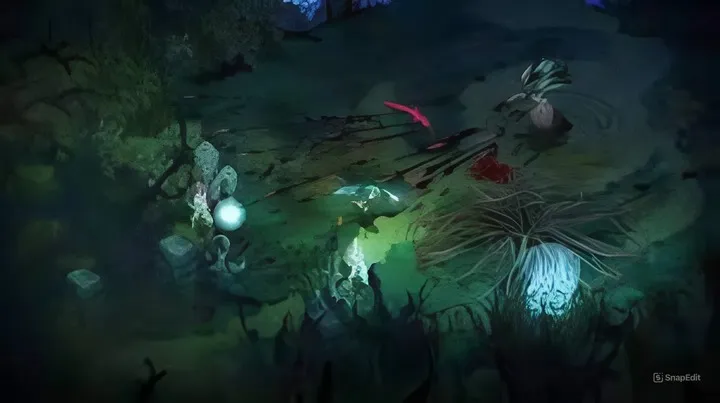
10. Conclusion
In 2025, when many titles struggle to maintain relevance, Hades II shines as a masterclass in roguelike design. Its combination of fast-paced combat, intricate world-building, deep narrative, and adaptive gameplay ensures that it stands out in a crowded market. Not just a sequel, it is a definitive evolution that sets a new standard for the genre. For players seeking challenge, beauty, and storytelling excellence, Hades II represents the pinnacle of roguelike action, securing its place as one of the top games of the year.








